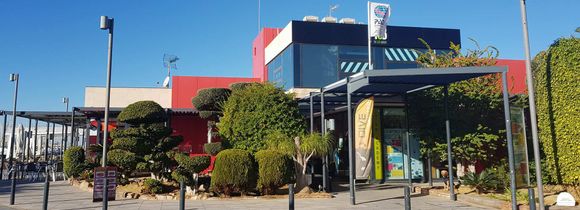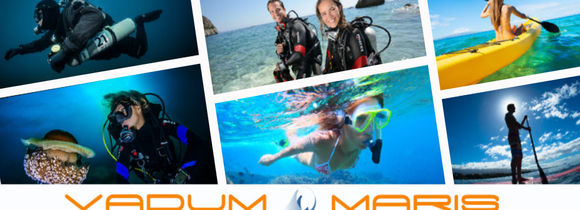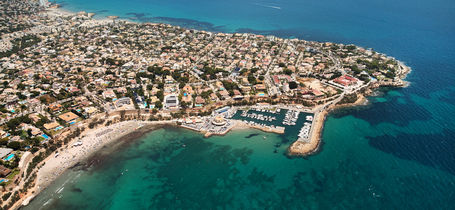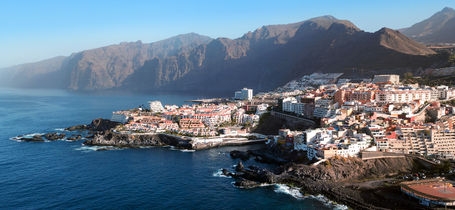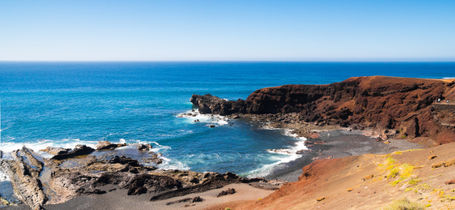Santa Pola Diving
The town of Santa Pola is the perfect place from which to explore the beautiful Costa Blanca. With warm, clear waters and nearby marine reserves, it is the ideal place to dive. Take the chance to see the smallest inhabited island in Spain (Tabarca) or dive into the mystifying caves.
Diving in Santa Pola
Santa Pola is a perfect example of a Valencian Community seaside town. Though popular with holiday-makers, it is quieter than the larger towns along the Costa Blanca, creating the ideal escape. It has a thriving diving industry, with highlights including wrecks and intricate cave systems winding through the rugged cliffs. Another highlight is the smallest inhabited island of Spain, Tabarca, which is great for exploring both above and below the waves.
There are a number of dive resorts and dive centres around Santa Pola, both within the town and up the coast. At these, you can take any diving course from beginner up to instructor. There are currently no liveaboards operating in the area.
Best time to dive
Diving in Santa Pola is possible year round due to the warm, dry Mediterranean weather. Summer days are long and balmy, with air temperatures in the high 20s and water temperatures peaking at 26 C. This is the busiest time of year and the best time for diving.
The winter months have both air and water temperatures of around 15 C. Though it is possible to dive at this time (with a thicker wetsuit), please be aware that some dive centres close during the low season.
Types of diving
Both shore and boat diving are available in Santa Pola. Shore dives explore the many beautiful bays like Cala Cortina, while boat dives explore further afield on Tabarca or marine reserves like Cabo de Palos. It is a very popular region to cave dive, due to the caverns and passageways that carve through the limestone cliffs such as the famous Moraira Caverns. The Naranjito wreck is also available for advanced divers, sitting between 45 and 30m on the sandy seabed.
What to see
The life found in the Mediterranean Sea is actually quite varied. Fish like bream, sardines, wrasse, blennies, gobies, damselfish and doradas can all be found, along with the camouflaged scorpionfish and the bizarre-looking flying gurnard. Schools of barracuda and other fish can also be seen on deeper sites.
If you look into the rocky crannies of the reef, you may also see creatures such as moray eels, conger eels, cuttlefish, octopus, nudibranch, lobster, stingrays, crayfish and even seahorse. A rare summer treat is the chance to see the giant ocean sunfish (or mola mola) which visits when the water is warm.
Best places to dive
Cemetery - Off Tabarca’s old cemetery, it has a maximum depth of 13m and features schools of barracuda and fireworms among the seagrass.
La Nao - On Tabarca, this site has tunnels and swim-throughs all above 12m. There is a small cave with lots of giant grouper.
La Llosa - The deepest Tabarca dive at 28m, this is an advanced site. The pinnacle peaks at 19m and you can see lobsters, scorpionfish, giant grouper and cuttlefish.
Little Conga - This skeletal wreck is named for the resident conger eel. Maximum depth of 20m, this is the oldest shipwreck nearby and is an interesting dive.
Cabo de Palos - This marine reserve has been voted the best diving in Europe, with lots of different difficulty levels available.
